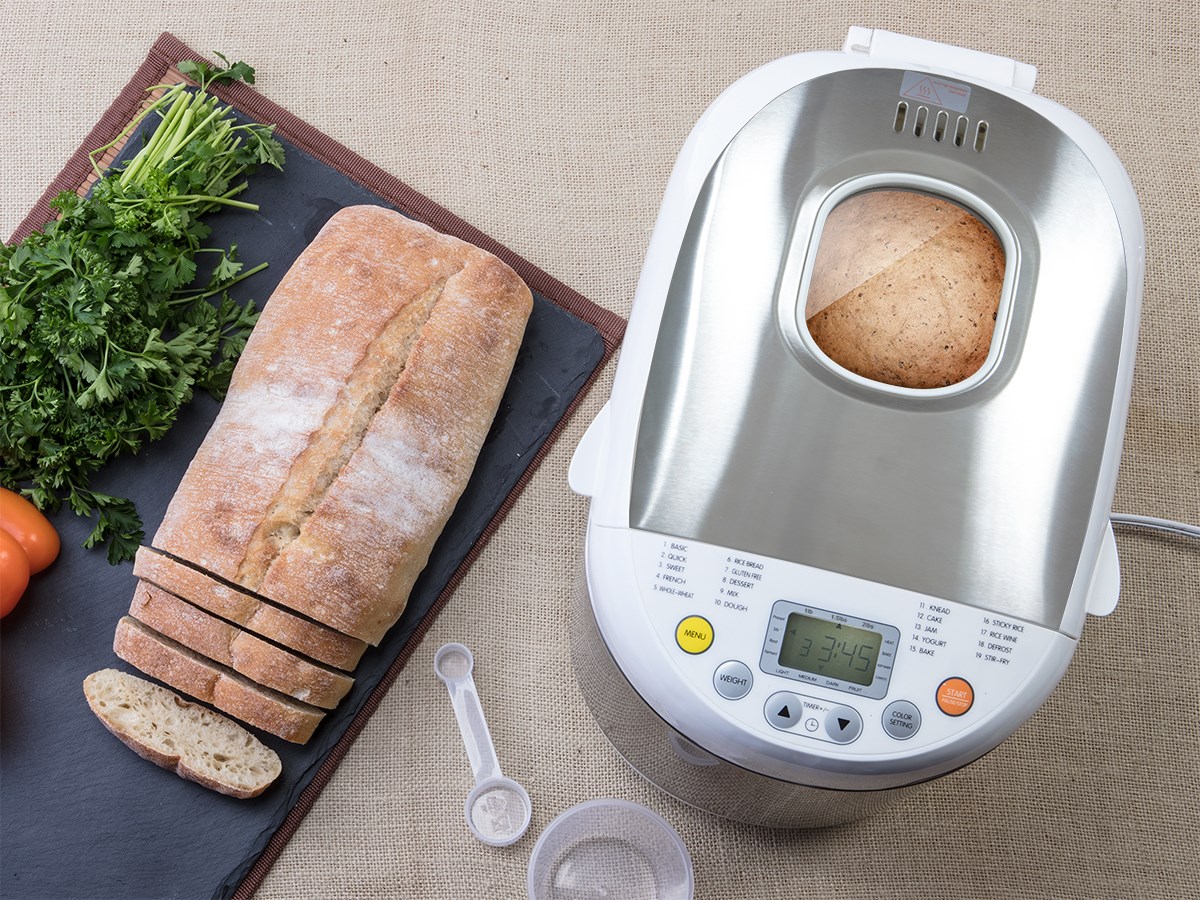

Articles
How To Store Bread Machine Bread
Modified: May 6, 2024
Discover helpful articles on how to store your freshly baked bread machine loaves for ultimate freshness and flavor. Get expert tips and tricks now!
(Many of the links in this article redirect to a specific reviewed product. Your purchase of these products through affiliate links helps to generate commission for Storables.com, at no extra cost. Learn more)
Introduction
Welcome to the world of bread-making! There’s nothing quite like the aroma of freshly baked bread wafting through your home. Whether you’re a seasoned baker or a novice, using a bread machine can make the process easier and more convenient.
Once your bread is done baking in the machine, you might be wondering how to properly store it to maintain its freshness. In this article, we will guide you through the steps of storing your bread machine bread, ensuring that it stays delicious and enjoyable for as long as possible.
Properly storing your bread machine bread is essential for preserving its texture and flavor. By following a few simple steps, you can extend the shelf life of your bread and reduce the likelihood of it becoming stale or moldy.
So, let’s dive in and explore how to store your bread machine bread effectively!
Key Takeaways:
- Properly cool and wrap your bread to maintain freshness. Choose a suitable storage container and location to preserve its texture and flavor. Freezing and thawing methods ensure long-term enjoyment of homemade bread machine bread.
- By following simple steps, you can store, freeze, and thaw bread machine bread for maximum enjoyment. Enjoy the delightful aroma and taste of freshly baked bread whenever you crave it.
Read more: How To Clean A Bread Machine
Step 1: Cooling the Bread
After your bread is finished baking in the bread machine, the first step is to allow it to cool completely. This is important because if you store the bread while it is still warm, condensation can form inside the storage container, causing the bread to become soggy or moldy.
Place the loaf on a wire rack and allow it to cool for at least one hour. This will ensure that the bread evenly cools and any excess moisture evaporates. Avoid placing the bread in a sealed container or wrapping it tightly in plastic while it is still warm.
Once your bread has cooled, make sure you’re ready with the appropriate storage materials and containers.
Step 2: Wrapping the Bread
Once your bread has cooled completely, it’s time to wrap it properly to maintain its freshness. The goal of wrapping the bread is to protect it from air and moisture, which can accelerate the staling process.
One option for wrapping your bread is to use plastic wrap. Start by placing the loaf on a clean surface and tightly wrap it in a couple of layers of plastic wrap. Make sure there are no gaps or openings where air can seep in. This method works well for short-term storage, such as keeping the bread fresh for a day or two.
If you prefer an eco-friendly option, you can use beeswax wraps or reusable silicone food storage bags. These alternatives provide a more breathable environment for the bread, preventing it from becoming too moist or stale. Wrap the bread snugly in the reusable wrap or bag, ensuring that it is well-sealed.
For longer-term storage, you can also use aluminum foil. Simply wrap the bread tightly in a layer or two of foil to protect it from air and light. This method is especially useful if you plan to freeze the bread.
Properly wrapped bread will not only stay fresh for longer but also be protected from absorbing any odors from the environment.
Now that your bread is wrapped securely, let’s move on to choosing the right storage container.
Step 3: Choosing the Storage Container
When it comes to choosing a storage container for your bread machine bread, there are a few factors to consider. The ideal container should provide airtightness, protect from moisture, and be large enough to accommodate the size of your loaf.
One popular option is a bread box. A bread box is specifically designed to store bread and helps to maintain its freshness and prevent it from drying out. Look for a bread box with a tight-fitting lid and sufficient space to accommodate your bread machine loaf. Bread boxes also provide a convenient and accessible storage solution for those who enjoy having bread readily available.
If you don’t have a bread box, you can use airtight plastic containers or food storage bags. Choose containers that are food-safe and have a tight-sealing lid to keep the bread fresh for longer. Make sure the container is large enough to accommodate the bread without squishing or damaging it.
Another option, especially if you have limited storage space, is to use resealable plastic bags. Place the wrapped bread inside the bag, remove as much air as possible, and seal it tightly. The bag will provide an additional layer of protection against moisture and freezer burn if you plan to freeze the bread.
Remember, the goal is to create a sealed environment that keeps your bread fresh and free from any contaminants. Whichever storage container you choose, ensure that it is clean and dry before placing your bread inside.
Now that you have your storage container ready, let’s move on to the next step – finding the right storage location.
Store bread machine bread in a paper bag or bread box at room temperature for up to 2-3 days. For longer storage, wrap the bread in plastic wrap and store in the freezer for up to 3 months.
Step 4: Proper Storage Location
Once your bread is wrapped and placed in the appropriate storage container, it’s important to choose the right location for storing it. The goal is to maintain a consistent temperature and prevent exposure to direct sunlight, which can cause the bread to dry out or become stale.
It is recommended to store your bread at room temperature in a cool, dry place. Avoid areas that are prone to temperature fluctuations, such as near a window or on top of the refrigerator. These areas can expose the bread to heat and moisture, reducing its shelf life.
If you live in a humid environment, it’s advisable to store your bread in a bread box or airtight container in the refrigerator. However, keep in mind that refrigeration can accelerate the staling process, so try to consume the bread within a few days. Let the bread come to room temperature before consuming to restore its texture and flavor.
It’s crucial to avoid storing bread in the freezer unless you plan to freeze it for long-term storage. Freezing can alter the texture of the bread, making it denser and potentially affecting the overall quality.
By choosing the right storage location, you’ll help maintain the freshness and quality of your bread for an extended period.
Now that you know how to store your bread machine bread and where to keep it, let’s move on to the next step – freezing your bread.
Read more: How To Make Dough In Bread Machine
Step 5: Freezing Bread Machine Bread
If you find yourself with more bread than you can consume within a few days, freezing is a great option to prolong its shelf life. Freezing bread machine bread can help you enjoy freshly baked bread even weeks or months later.
To freeze your bread, make sure it is completely cooled and wrapped securely in plastic wrap, beeswax wrap, or aluminum foil. Place the wrapped bread in a freezer-safe bag to provide an extra layer of protection against freezer burn.
It’s important to label the bag with the date of freezing, as well as the type of bread. This will help you keep track of the freshness and easily identify the bread when you’re ready to thaw it.
Before freezing, you may consider slicing your bread. Slicing allows you to thaw and enjoy smaller portions of bread at a time, rather than defrosting the entire loaf. This can be particularly useful if you only need a few slices for sandwiches or toast.
When freezing bread, it’s recommended to consume it within three months for the best quality. After this period, the bread may still be safe to eat, but its texture and flavor might deteriorate.
Now that your bread is properly frozen, let’s move on to the final step – thawing your frozen bread.
Step 6: Thawing Frozen Bread
When you’re ready to enjoy your frozen bread, it’s important to thaw it properly to retain its texture and taste. There are a few methods you can use to thaw frozen bread machine bread:
- Room Temperature: The simplest method is to let the bread thaw at room temperature. Remove the wrapped bread from the freezer and place it on the counter. Depending on the size of the loaf and the room temperature, it may take several hours for the bread to thaw completely. Once thawed, you can slice and enjoy the bread as desired.
- Toaster or Oven: If you prefer your bread warm or toasted, you can use a toaster or oven to thaw and heat it. Slice the frozen bread and toast it or warm it in a preheated oven at a low temperature until it is thawed and heated through. Take care not to over-toast or overheat the bread, as it can become dry.
- Microwave: If you need to thaw the bread quickly, you can use a microwave. However, keep in mind that using a microwave can cause the bread to become slightly chewy or soggy. Remove the bread from the plastic wrap or bag and place it in the microwave. Use the defrost setting or low power setting, and microwave in short intervals, flipping the bread occasionally until it is thawed.
Once your bread is thawed, it’s important to consume it within a few days to enjoy the best quality and freshness. If you have thawed more bread than you can consume in that timeframe, consider slicing and re-freezing the remaining portions for later use.
Thawed bread can be enjoyed as is, used for sandwiches, toasted, or even turned into breadcrumbs or croutons for various recipes. The possibilities are endless!
Congratulations! You have successfully learned how to store, freeze, and thaw your bread machine bread. By following these steps, you can enjoy the deliciousness of homemade bread whenever you crave it.
Remember, practicing good storage habits will help maintain the quality and freshness of your bread for an extended period, ensuring that every slice is as delightful as the first!
Enjoy your freshly baked bread machine bread!
Conclusion
Storing your bread machine bread properly is essential to preserve its freshness and taste. By following the steps outlined in this article, you can ensure that your bread stays delicious for an extended period.
Remember to cool your bread completely before wrapping it securely in plastic wrap, beeswax wraps, or aluminum foil. Choose a suitable storage container, such as a bread box, airtight container, or resealable plastic bag, to protect the bread from air and moisture.
Store your bread in a cool, dry place at room temperature to maintain its freshness. Avoid storing it in areas prone to temperature fluctuations or direct sunlight, as this can affect its texture and flavor.
If you have excess bread, freezing is an excellent option for long-term storage. Ensure your bread is properly wrapped and labeled before placing it in the freezer. Consider slicing the bread before freezing to easily thaw smaller portions as needed.
Thaw your frozen bread at room temperature, in a toaster or oven, or using a microwave, depending on your preference and time available. Once thawed, enjoy your bread within a few days for the best quality.
With these steps, you can enjoy the pleasure of homemade bread machine bread whenever you desire. Whether it’s for sandwiches, breakfast toast, or a simple snack, your bread will be fresh and delicious.
So, the next time you fire up your bread machine, rest assured that you know how to store, freeze, and thaw your bread for maximum enjoyment and convenience.
Happy baking and savoring the delightful aroma and taste of freshly baked bread machine bread!
Now that you've mastered storing bread machine bread, why not delve into optimizing long-term freshness with our guide on bread storage? If you're curious about other culinary creations, check out our collection of bread machine recipes. For those without a mixer, fear not; we have a straightforward guide on bread making too. These articles will surely make your home baking adventures more exciting and productive.
Frequently Asked Questions about How To Store Bread Machine Bread
Was this page helpful?
At Storables.com, we guarantee accurate and reliable information. Our content, validated by Expert Board Contributors, is crafted following stringent Editorial Policies. We're committed to providing you with well-researched, expert-backed insights for all your informational needs.
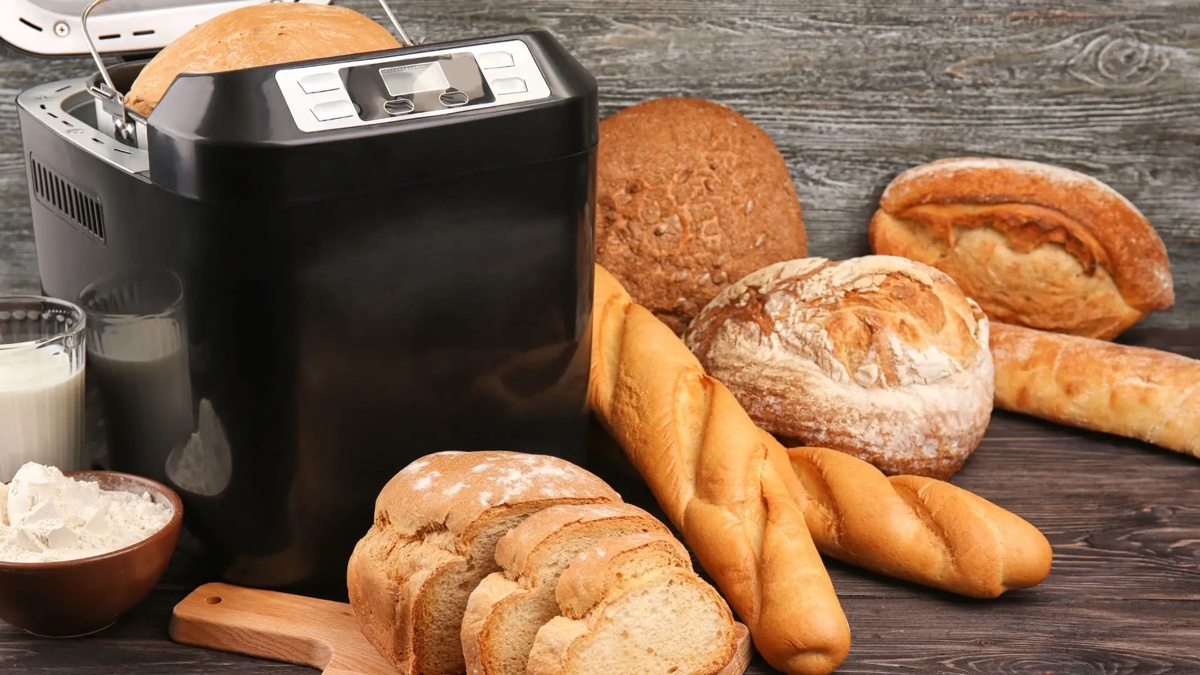
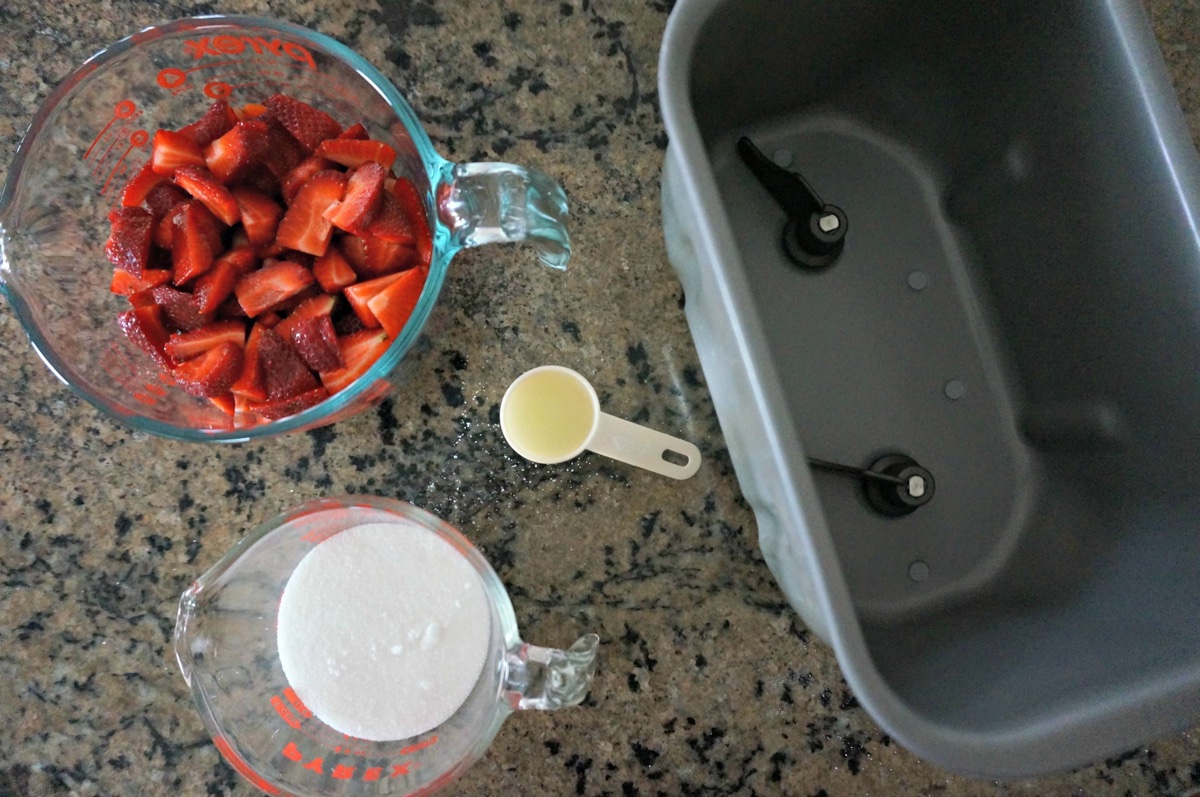

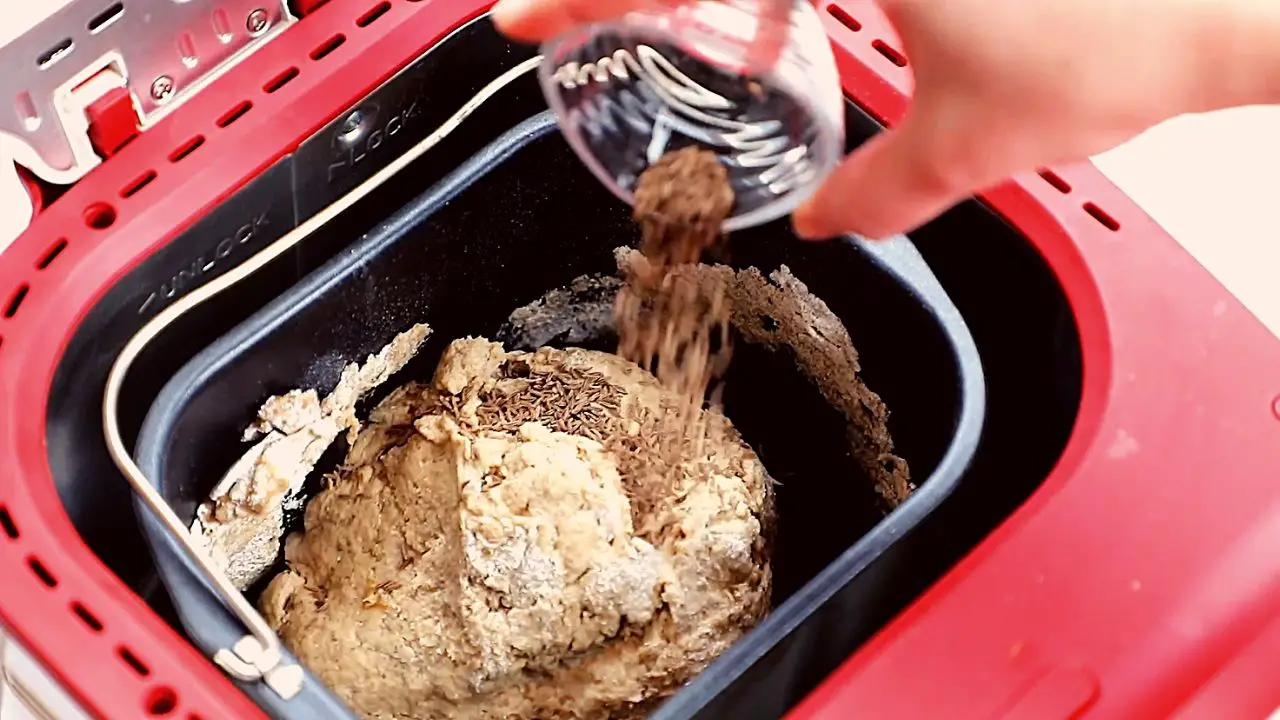
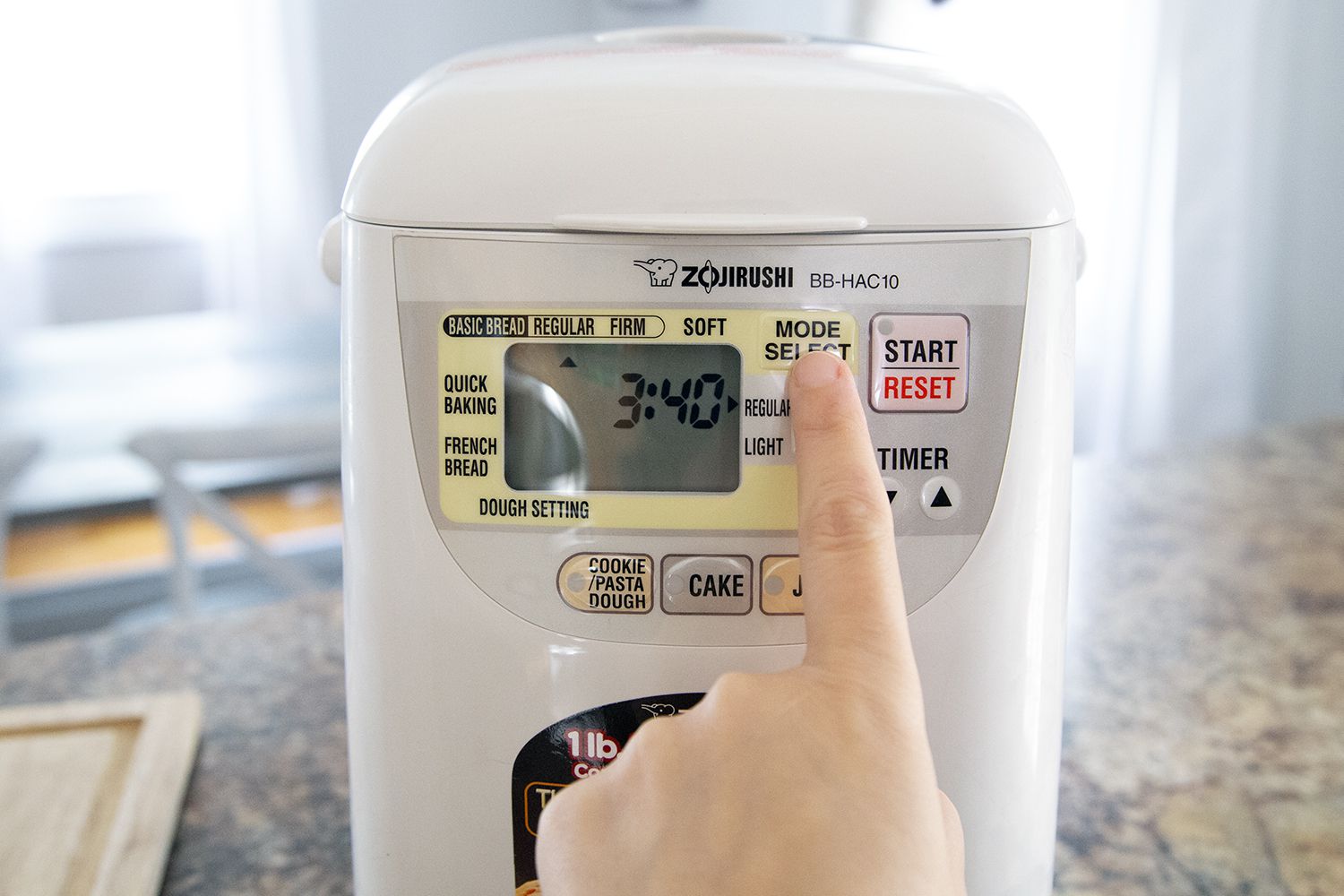
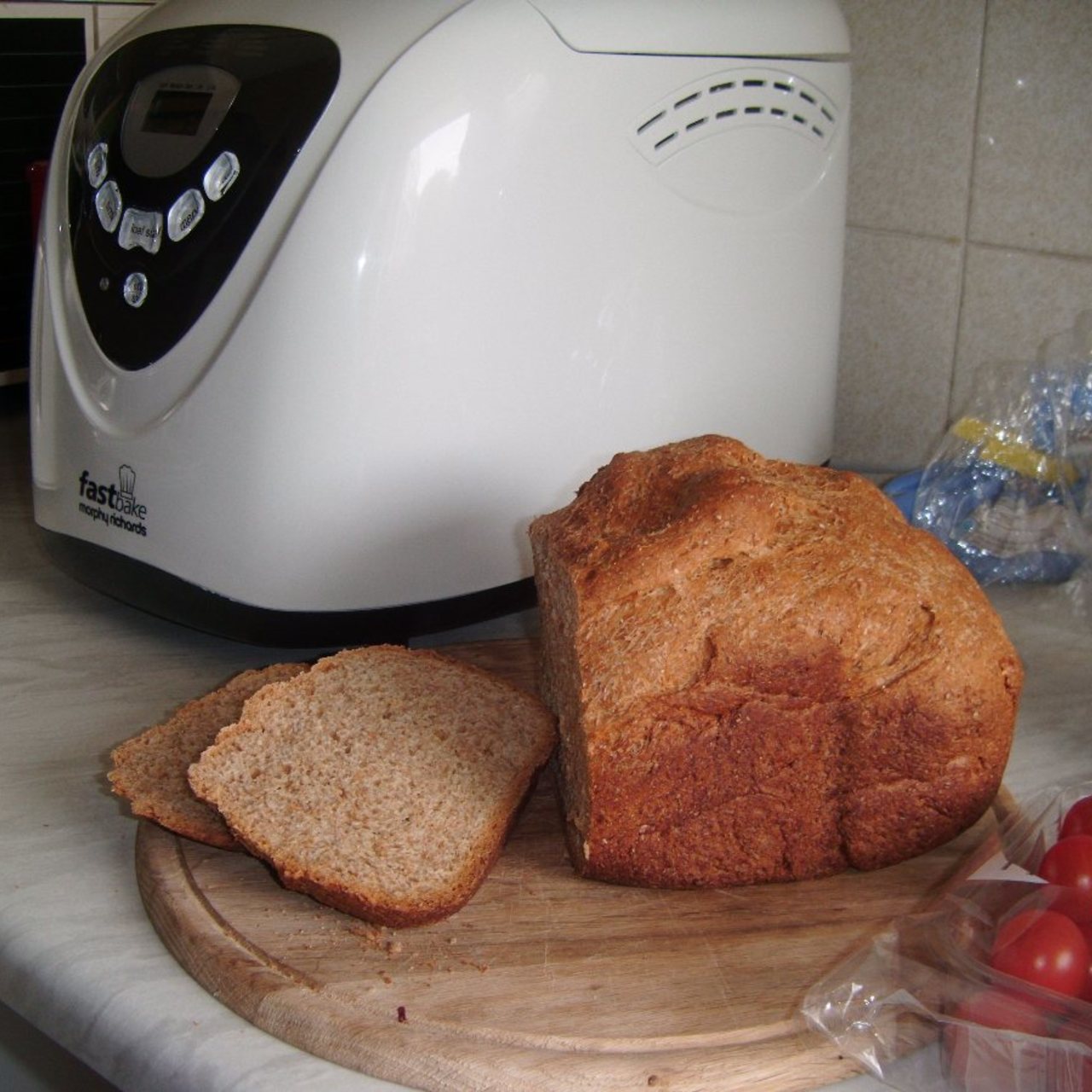
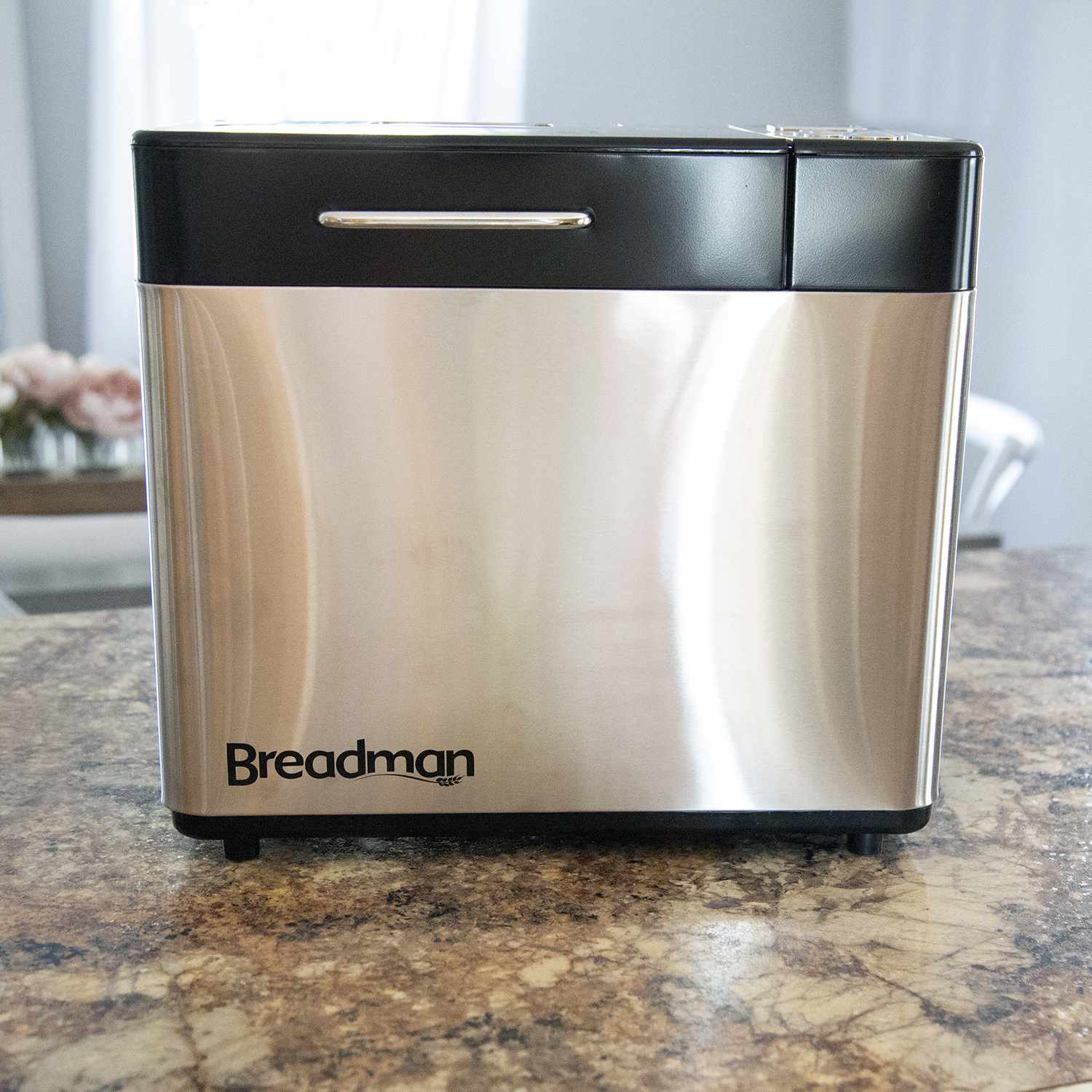
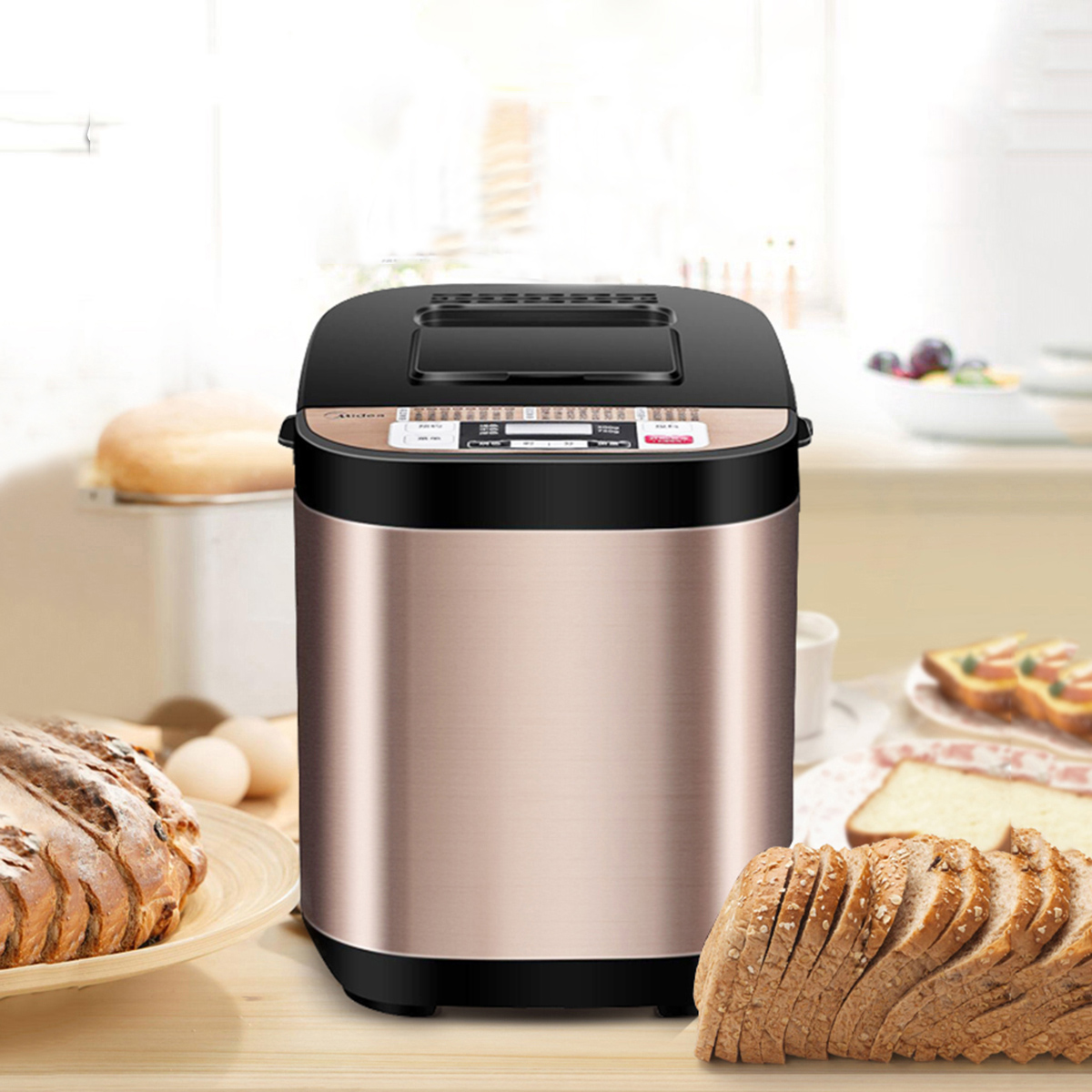
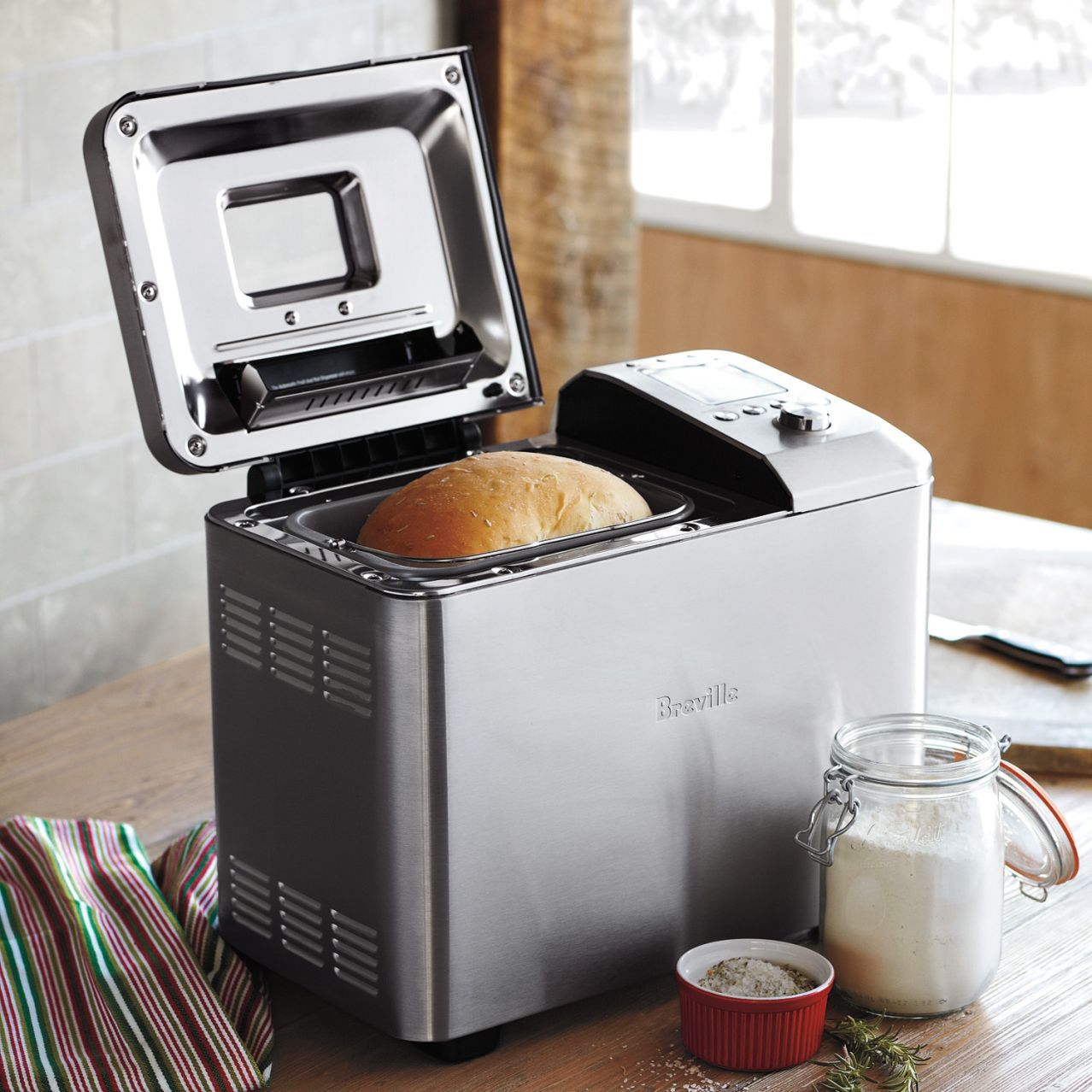
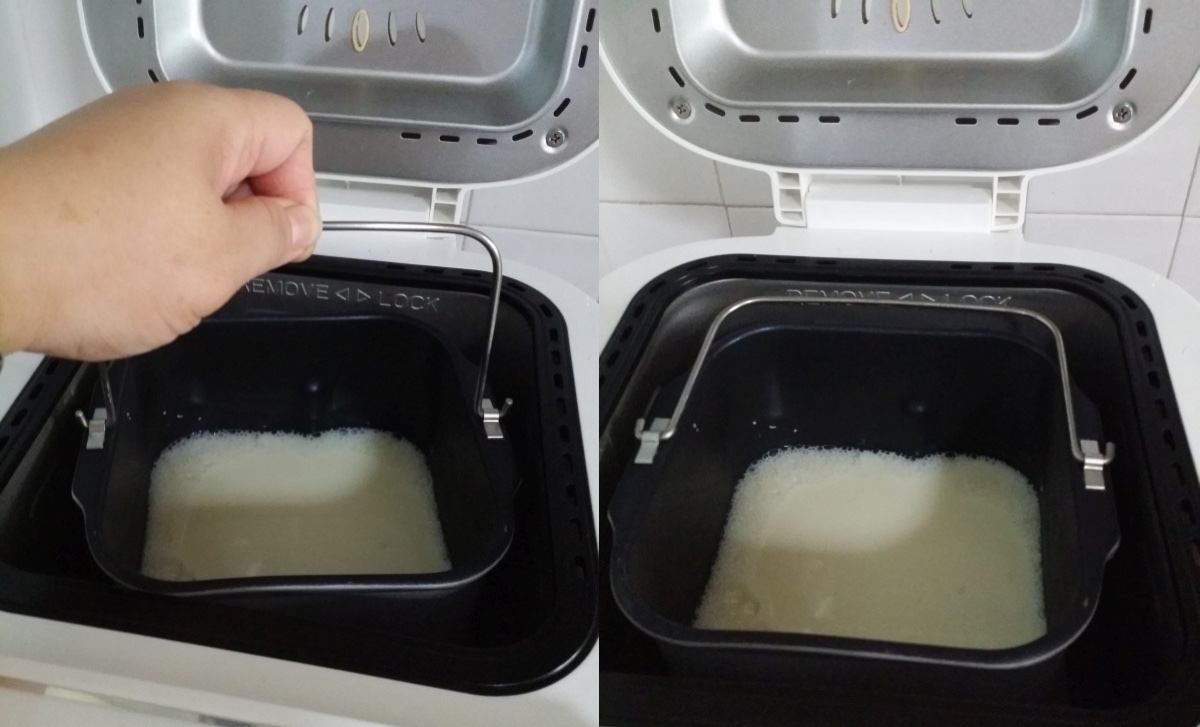
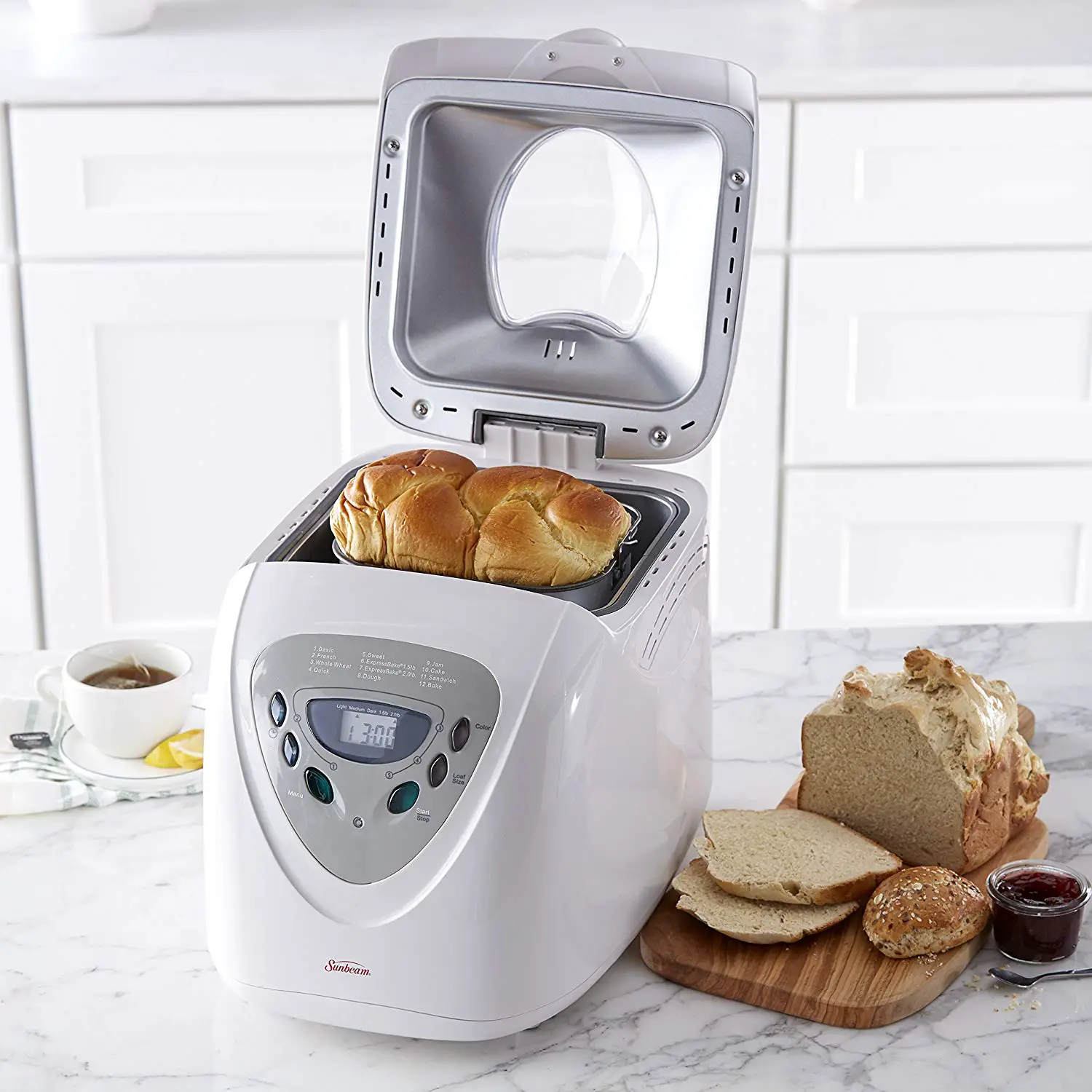
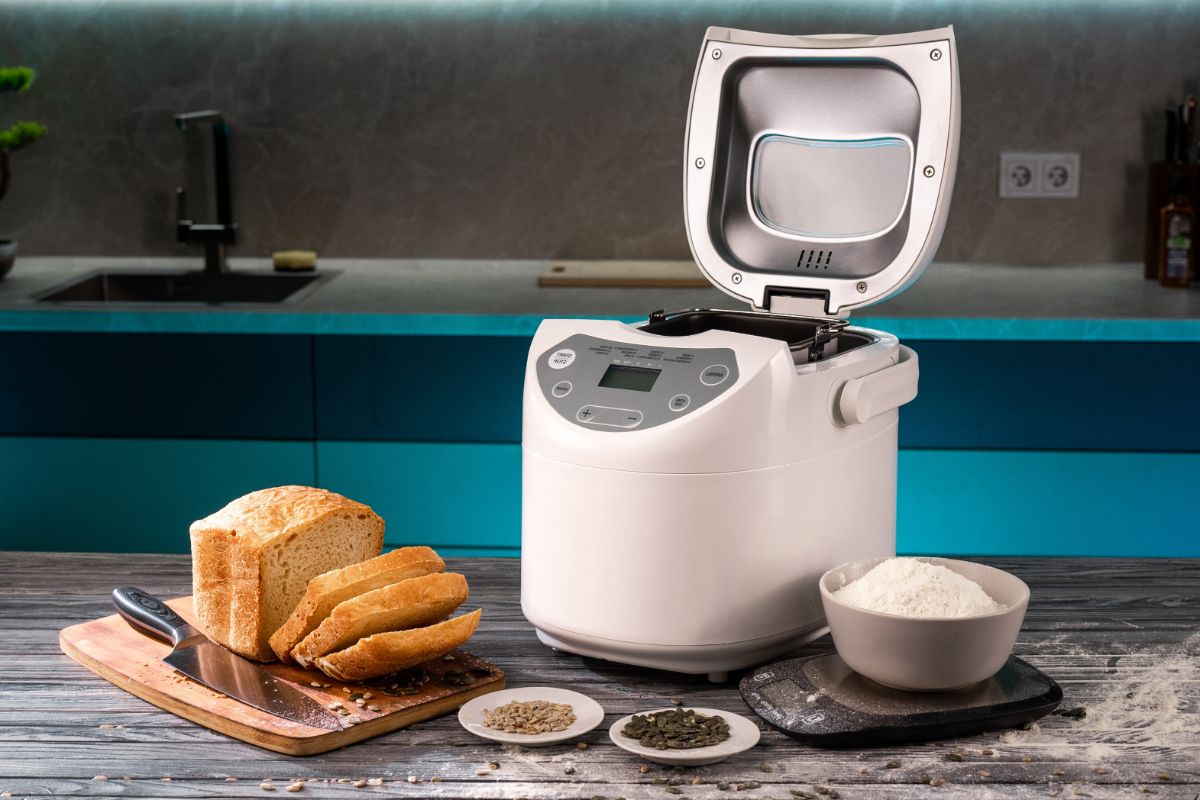
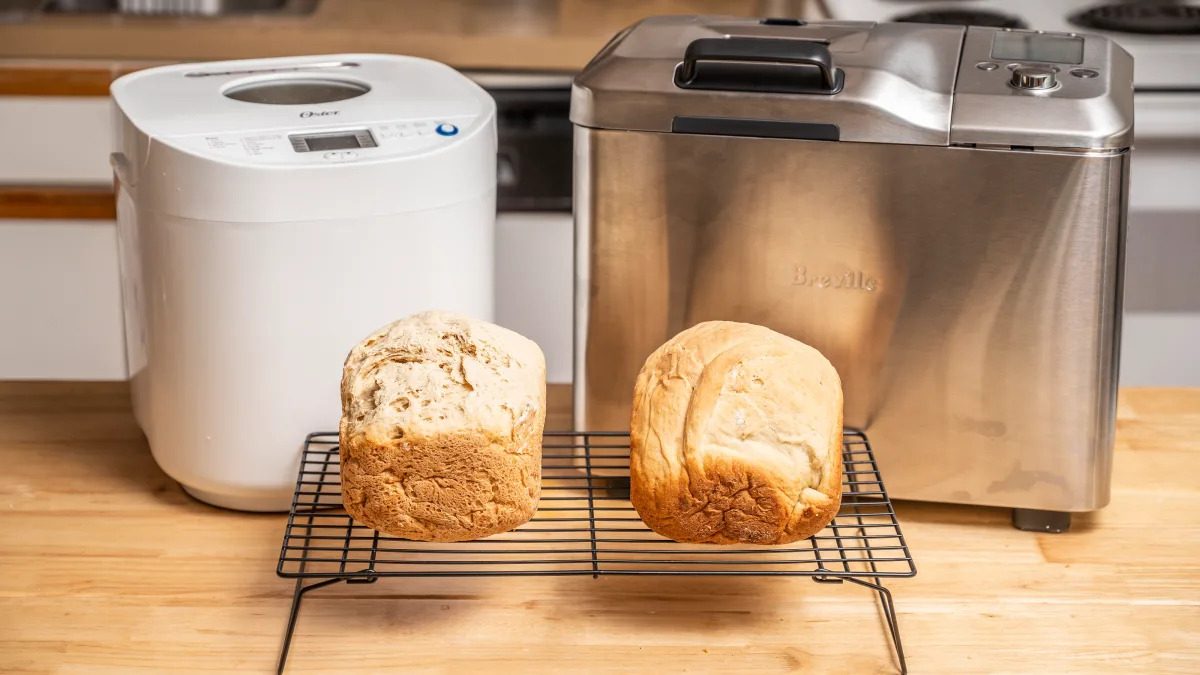
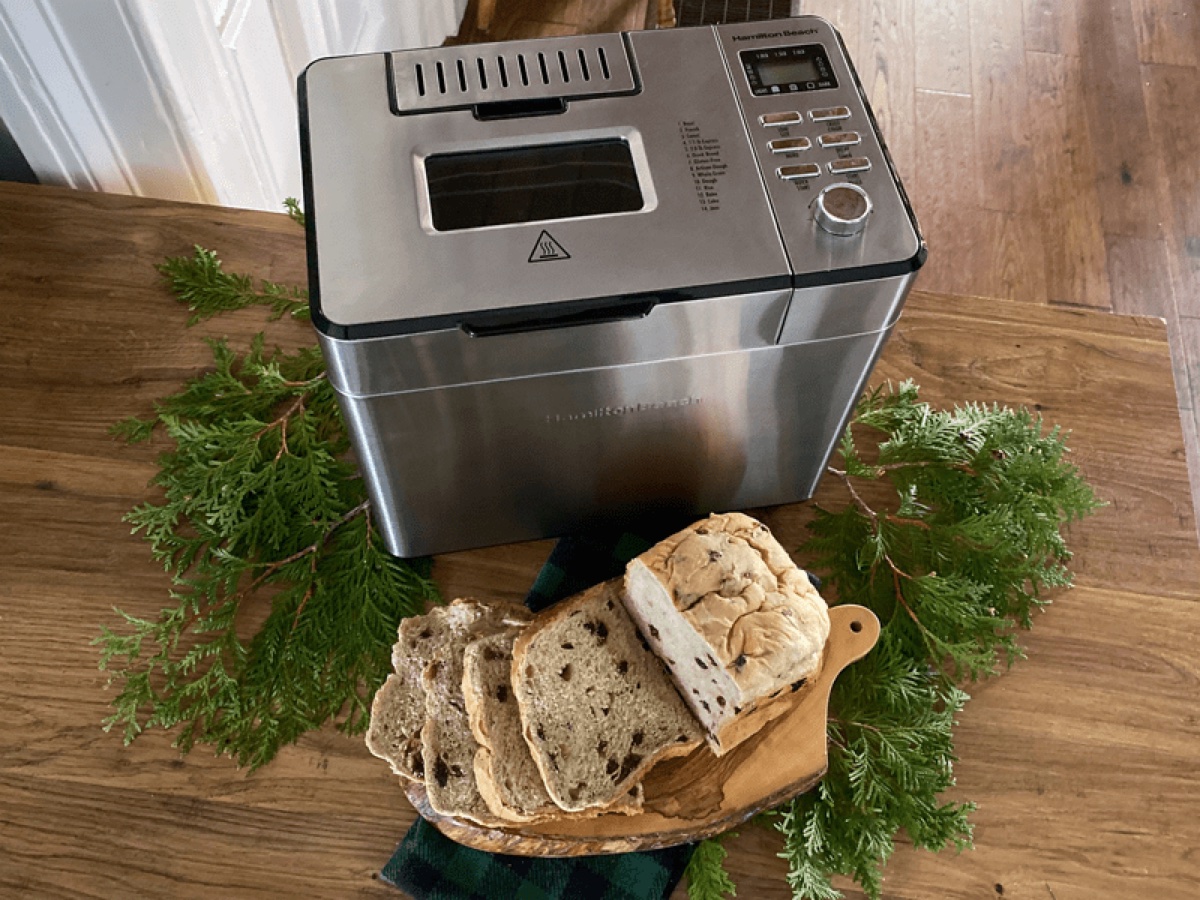

0 thoughts on “How To Store Bread Machine Bread”